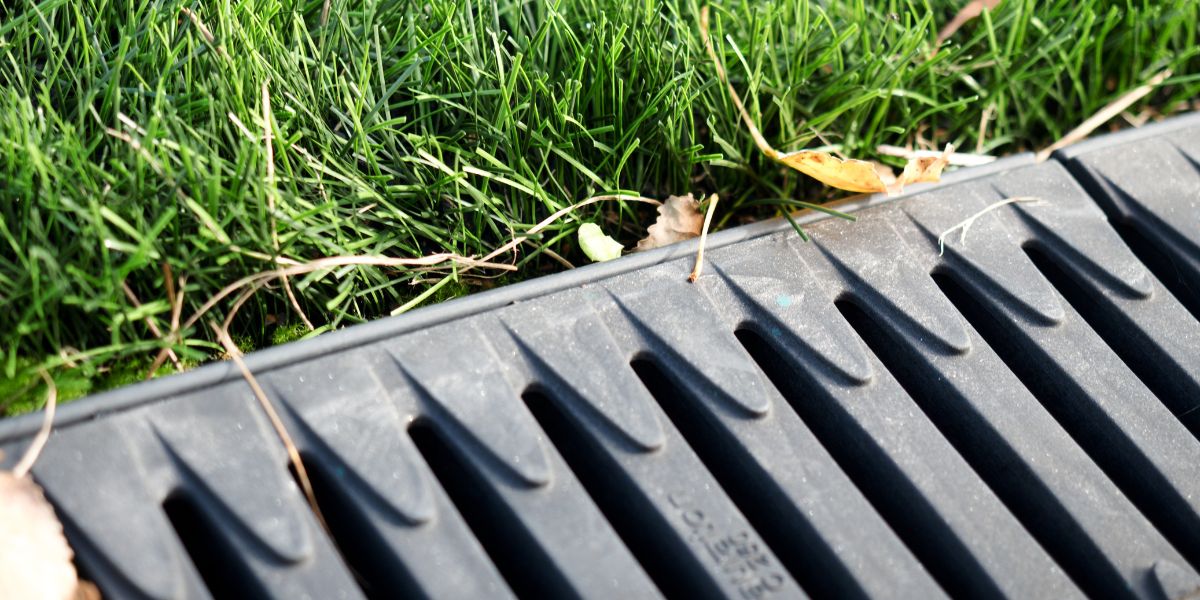Most people are unaware of the multitude of drainage systems available for landscapes, each serving a distinct function tailored to specific landscape elements. Factors such as lawn presence, types of plantings, and the terrain play a crucial role in choosing the right drainage system. At Lawn D.R. Landscaping, we manage a broad spectrum of landscape drainage design and installation projects. This article explores different drainage systems and their suitability for specific needs.
- French Drains: Ideal for residential settings, French drains comprise a trench about four feet deep filled with porous materials like gravel or rock to absorb water. A perforated pipe inside the trench collects water, diverting it away from the property. This system helps prevent surface water from infiltrating and damaging the building’s foundation.
- Channel Drains: Owing to their straightforward design and ease of installation, channel drains are a popular choice for landscapes. Primarily used for surface water, these drains include a channel and a removable grate. Additional elements such as a sump and end caps help collect and disperse runoff caused by floods or heavy rains. As these drains are underground, they do not interfere with your landscape’s aesthetics.
- Surface Drainage Systems: These systems use flexible PVC pipes and deep ditches to gather surface water and direct it away. They are used in areas with a sufficient natural gradient, enabling gravity to do the job of water evacuation. If the gravitational pull isn’t substantial enough, a sump pump system installation becomes necessary.
- Sump Pumps: If your yard’s grade slopes towards your house, you might need sump pumps as part of your basement waterproofing system. Equipped with a built-in float switch, these pumps not only disperse water but also prevent it from pooling around the foundation and seeping into the basement.
Drainage Maintenance Essentials.
Drainage systems often encounter issues with clogs. Here are some preventive measures:
— Install downspout screens to inhibit debris from entering the pipes through drainage holes.
— Avoid disposing of insoluble items into the drain.
— Regularly remove debris covering the drains to keep them unclogged.
— Periodically lift the grates and clear out the debris.
— If a clog forms, forcefully pour water into the drain to dislodge it.
Following these simple tips can ensure the optimal functioning of your garden and landscape drainage systems while minimizing maintenance efforts.
Choosing the Right Landscaping Professionals
Avoiding drainage issues requires the correct drainage system coupled with regular maintenance. Not every solution will work well in all areas, making customization key. When we handle drainage system installations, we take multiple factors into account. Get in touch with Lawn D.R. Landscaping today. Our team can help you select the drainage systems that are the most compatible with your needs. We are professional and experienced contractors specializing in various types of landscape drainage systems.

